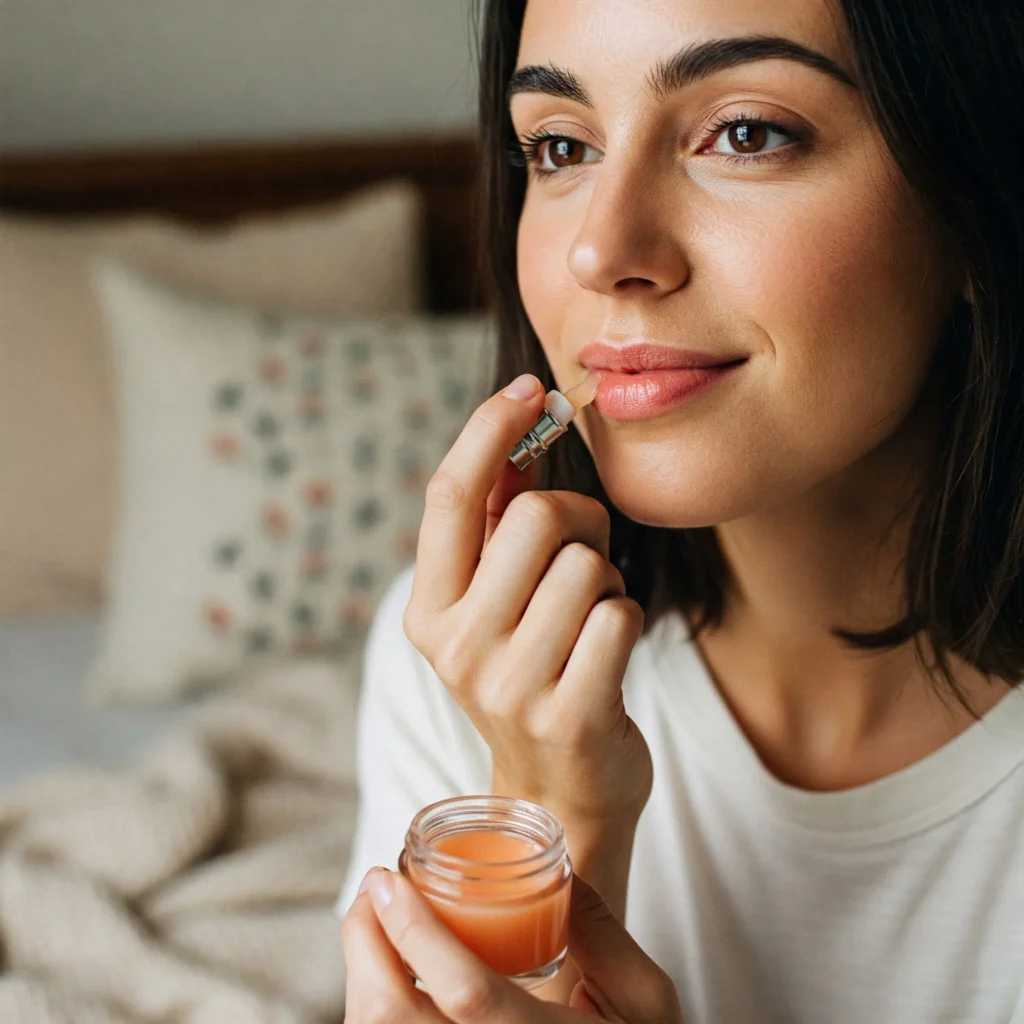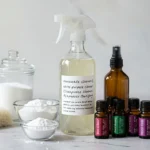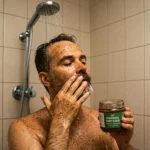Chapped lips are a common problem, especially during the colder months. Commercial lip balms often contain harsh chemicals, artificial flavors, and even microplastics that can be harmful to your health and the environment. Fortunately, creating your own natural lip balm is easy and rewarding! With just a few simple ingredients, you can nourish and protect your lips with a moisturizing and soothing balm that’s free from harmful chemicals.
Why Make Your Own Lip Balm?
- Natural and Gentle: Avoid harsh chemicals, artificial flavors, and potential irritants found in many commercial lip balms.
- Eco-Friendly: Reduce your environmental impact by using natural, biodegradable ingredients and minimizing packaging waste.
- Cost-Effective: Save money by making your own lip balm instead of buying expensive commercial products.
- Customizable: Tailor your lip balm to your specific needs and preferences by choosing your favorite essential oils and adding other beneficial ingredients like vitamin E.
- Fun and Relaxing: Creating your own lip balm can be a fun and therapeutic DIY project.
The Recipe
Ingredients:
- 1 tablespoon beeswax pellets
- 1 tablespoon shea butter or coconut oil
- 1 teaspoon carrier oil (such as jojoba oil, sweet almond oil, or olive oil)
- 10-15 drops of your favorite essential oil (optional, such as peppermint, vanilla, or lavender)
Instructions
- Combine Ingredients: In a double boiler or heat-safe bowl set over simmering water, combine the beeswax pellets, shea butter or coconut oil, and carrier oil.
- Melt and Mix: Gently melt the ingredients together, stirring occasionally, until they form a smooth and consistent mixture.
- Add Essential Oils: Remove the bowl from the heat and carefully stir in your chosen essential oils.
- Pour and Cool: Pour the lip balm mixture into small containers, such as lip balm tubes or small tins. Allow the lip balm to cool and solidify completely before using.
Tips and Variations
- For Extra Moisture: Add a few drops of vitamin E oil to your lip balm.
- For Chapped Lips: Use a combination of beeswax and shea butter for a deeply moisturizing balm.
- For Sun Protection: Add a small amount of non-nano zinc oxide or titanium dioxide for natural SPF protection.
- Experiment with Scents: Try different essential oil combinations to find your favorite fragrance.
- Storage: Store your homemade lip balm in a cool, dry place away from direct sunlight.
Conclusion
Making your own lip balm is a simple and rewarding way to nourish your lips and embrace a more natural approach to self-care. With this easy recipe, you can create a personalized lip balm that’s perfect for your needs and enjoy the satisfaction of knowing exactly what’s in it.



